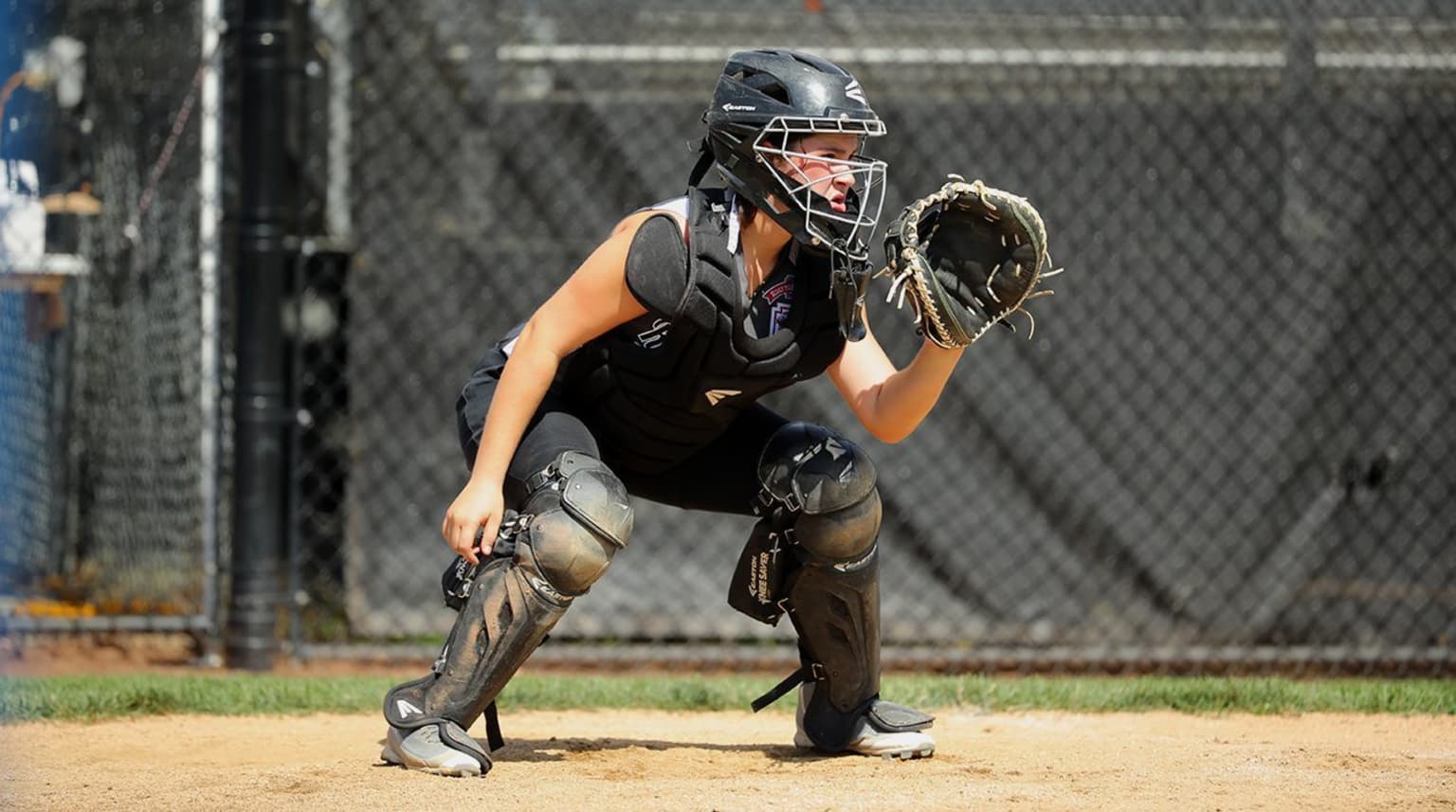
We will explain and define whether, or not, a base runner is required to slide into a base if a play at that base is imminent. The situation described below is applicable in all levels of Little League Baseball® and Little League Softball®.
Situation
In the bottom of the third inning, with a runner on second base, the batter hits a ball to right field for a clean single. The third-base coach waves the runner toward home plate. The throw from the right fielder is received by the catcher in plenty of time. The base runner, choosing not to slide, steps over the catcher’s tag attempt. After the run is scored, and the batter-runner advanced to second base on the throw home, the defensive team’s manager asks for, and is granted, “time.” The manager approaches the home plate umpire and asks him/her to call the base runner “out” for not sliding. Is the manager correct to claim that because the base runner did not attempt to slide when the throw came to home plate, that he/she should disallow the run, and call the base runner “out?”
Outcome
The runner is not called “out.” The run is counted.
Explanation
To explain the ruling, we reference Rule 7.08(a)(3) in the current Little League Baseball® and Little League Softball® Rulebooks, which states:
A runner is out when …
The runner does not slide, or attempt to get around a fielder, who has the ball and is waiting to make a tag.
Comment: There is no “must slide rule.” The rule is, “slide, or attempt to get around.” The key in this situation is, “the fielder has the ball and is waiting to make a tag.” If the fielder (any fielder, not just the catcher) does not have the ball, and there is a collision, you CANNOT call the runner out. However, if the umpire determines that the runner deliberately attempted to injure the fielder, the umpire could eject the runner for unsportsmanlike conduct.